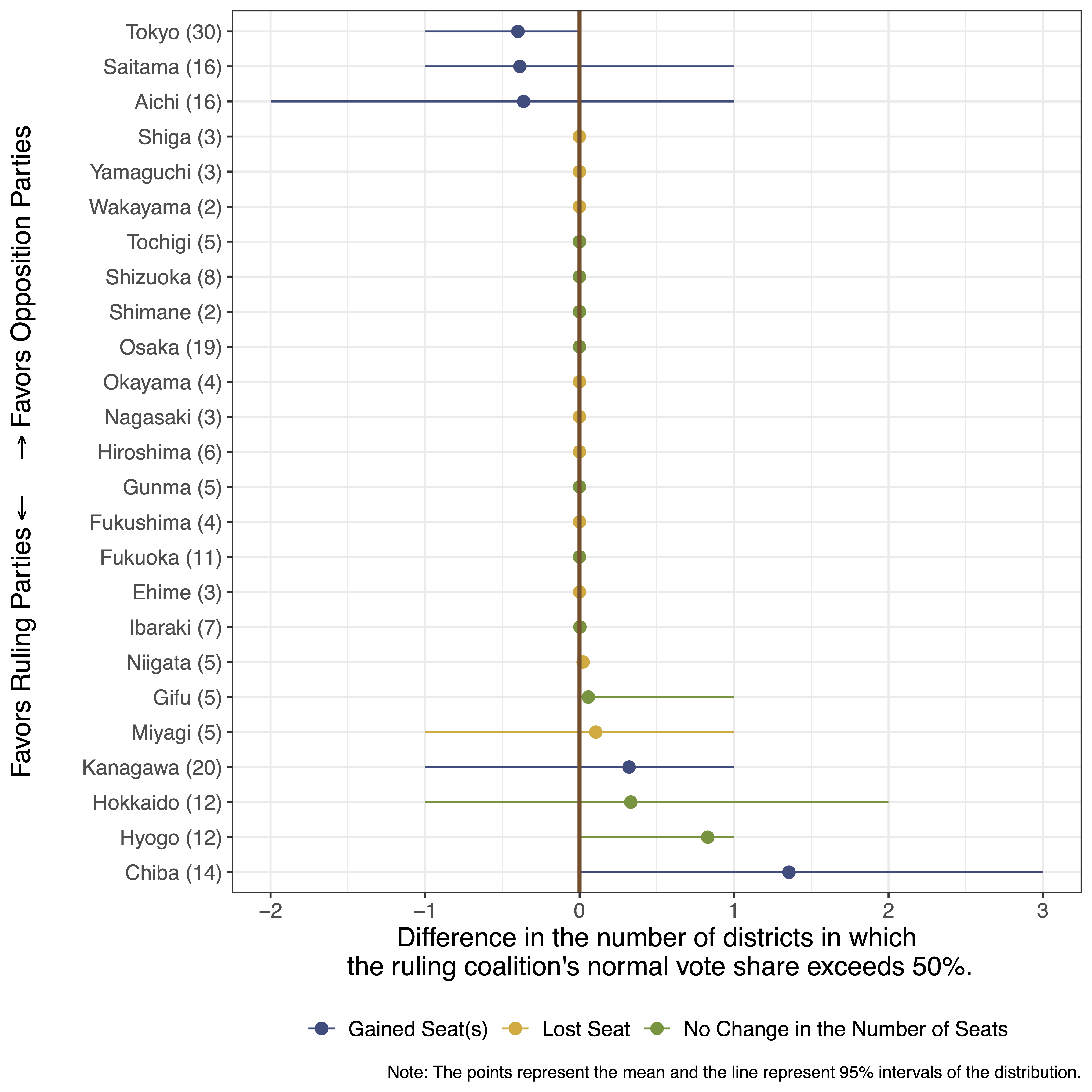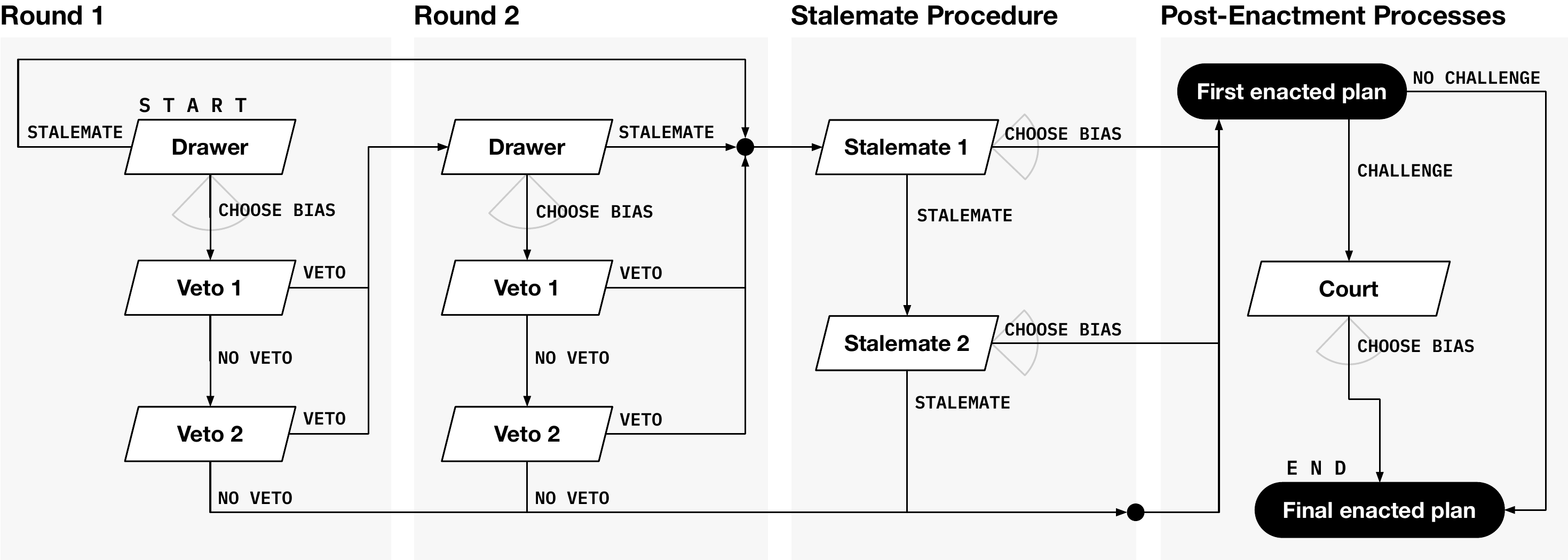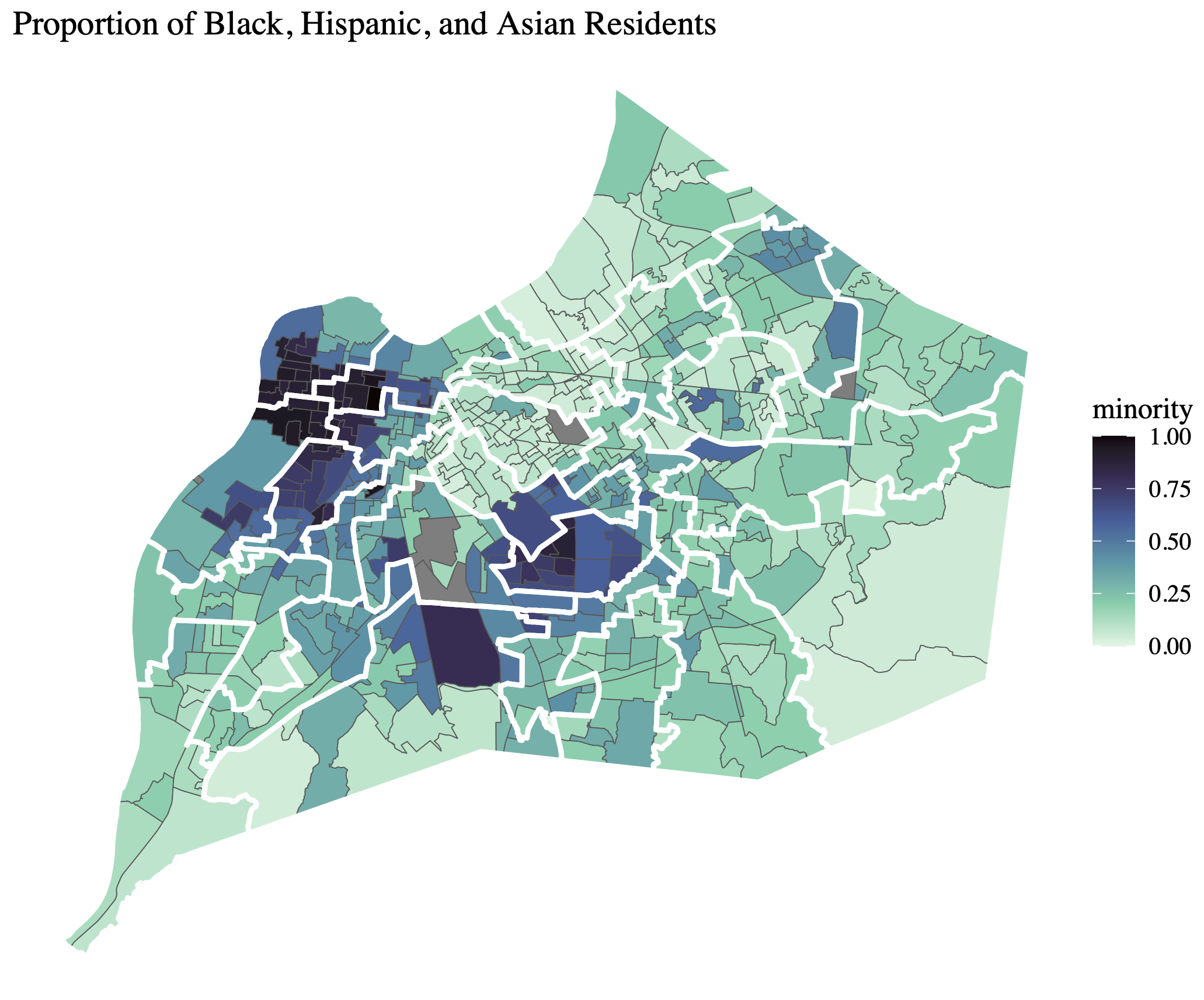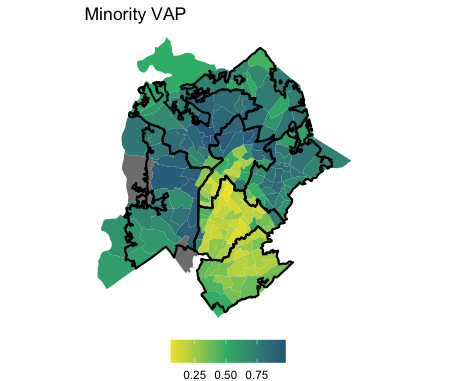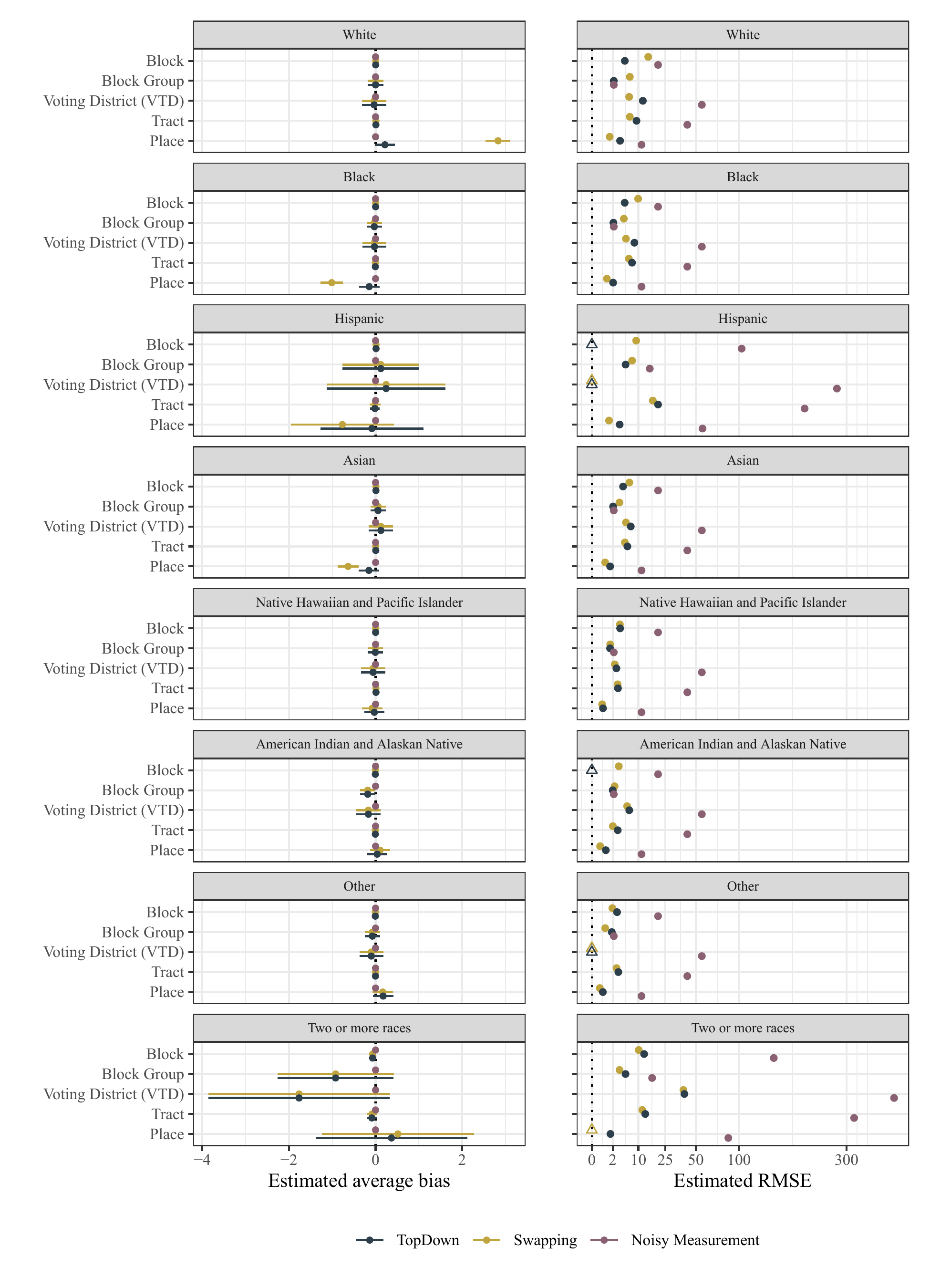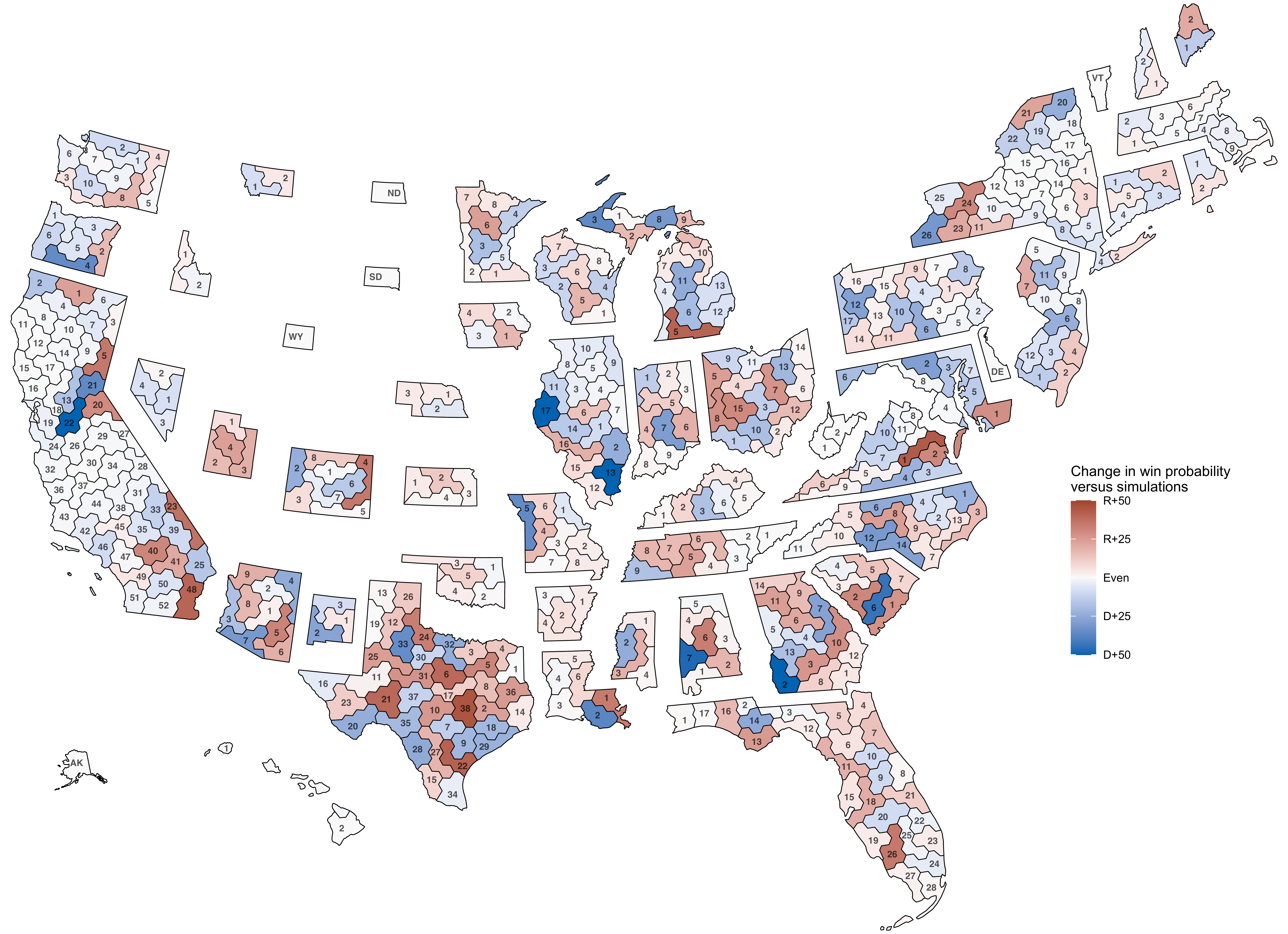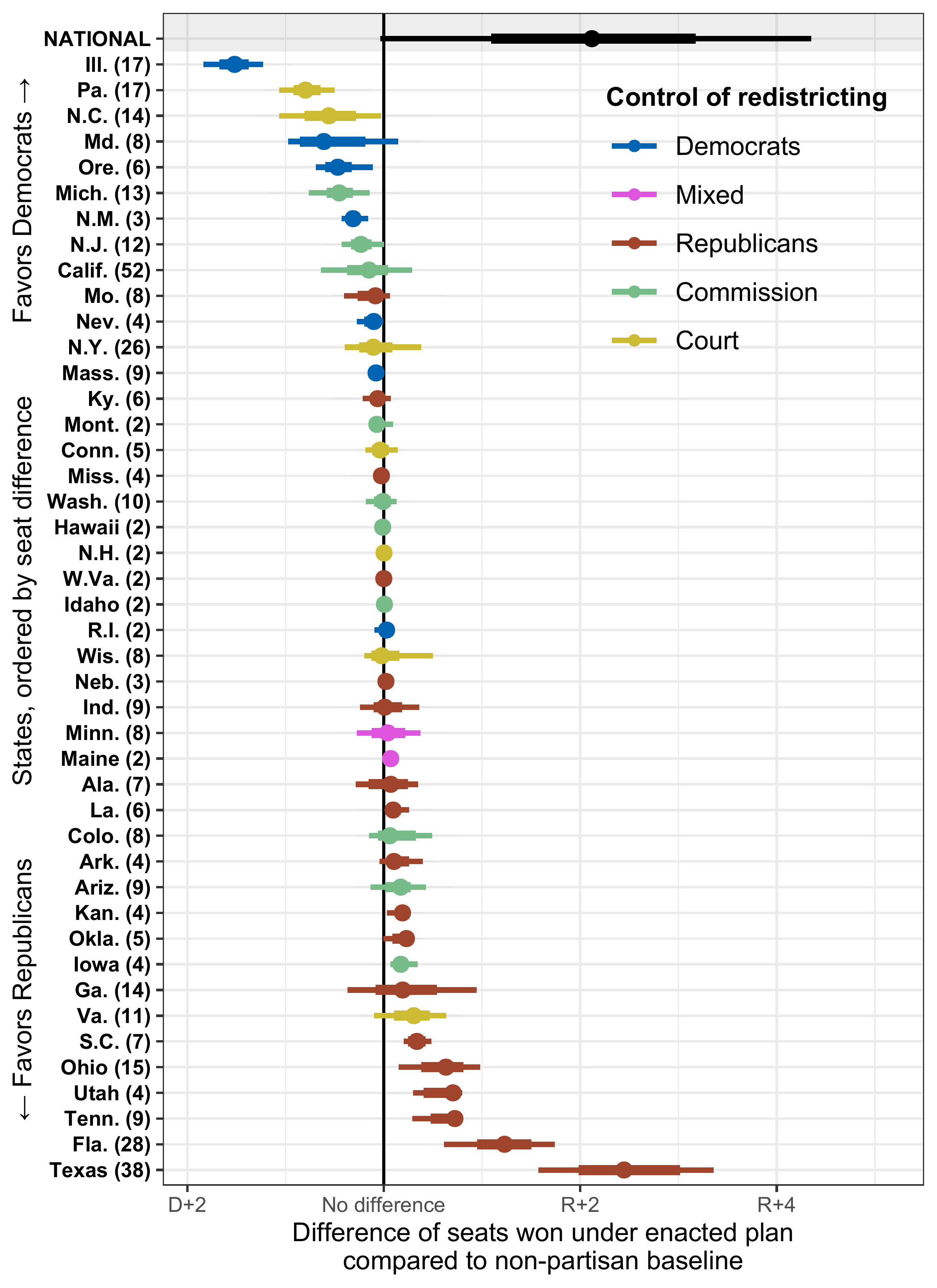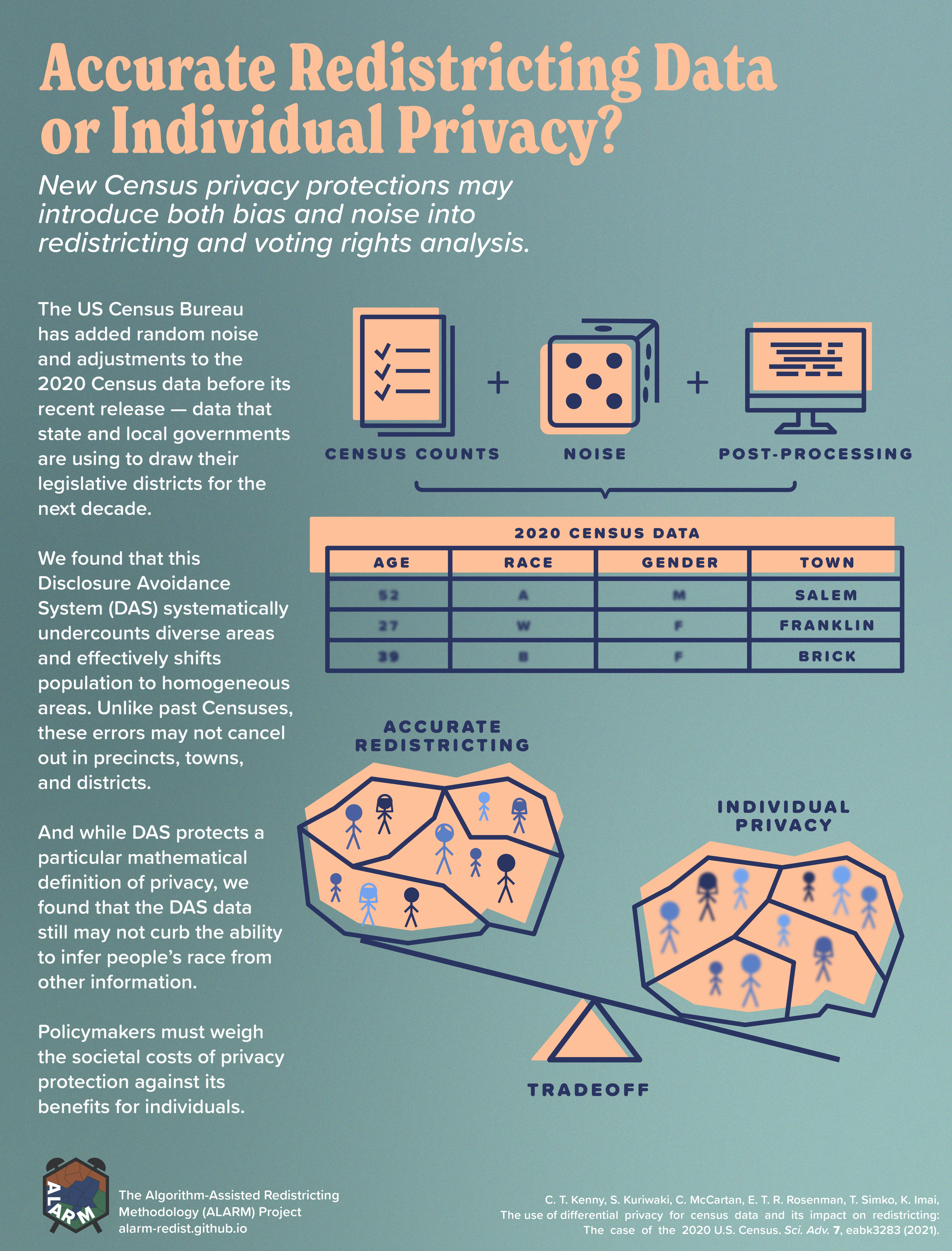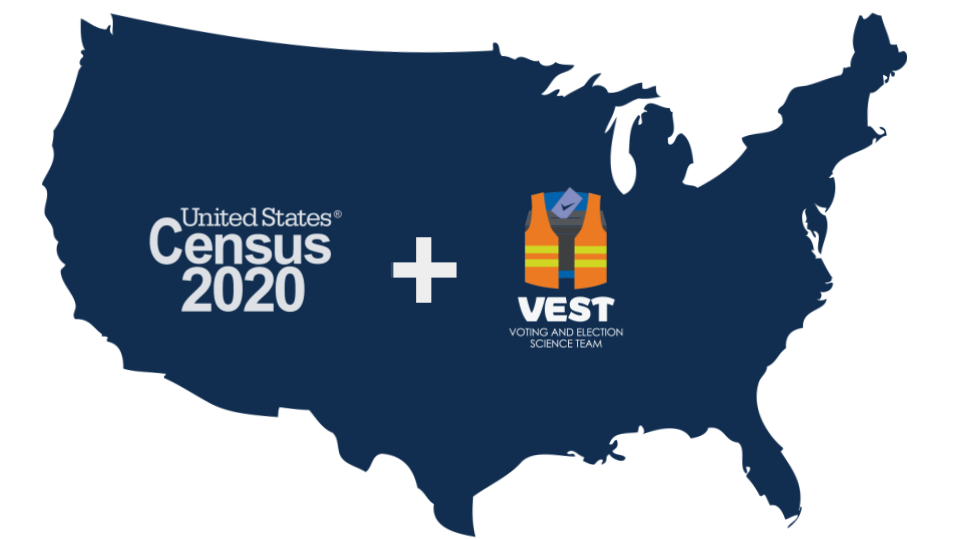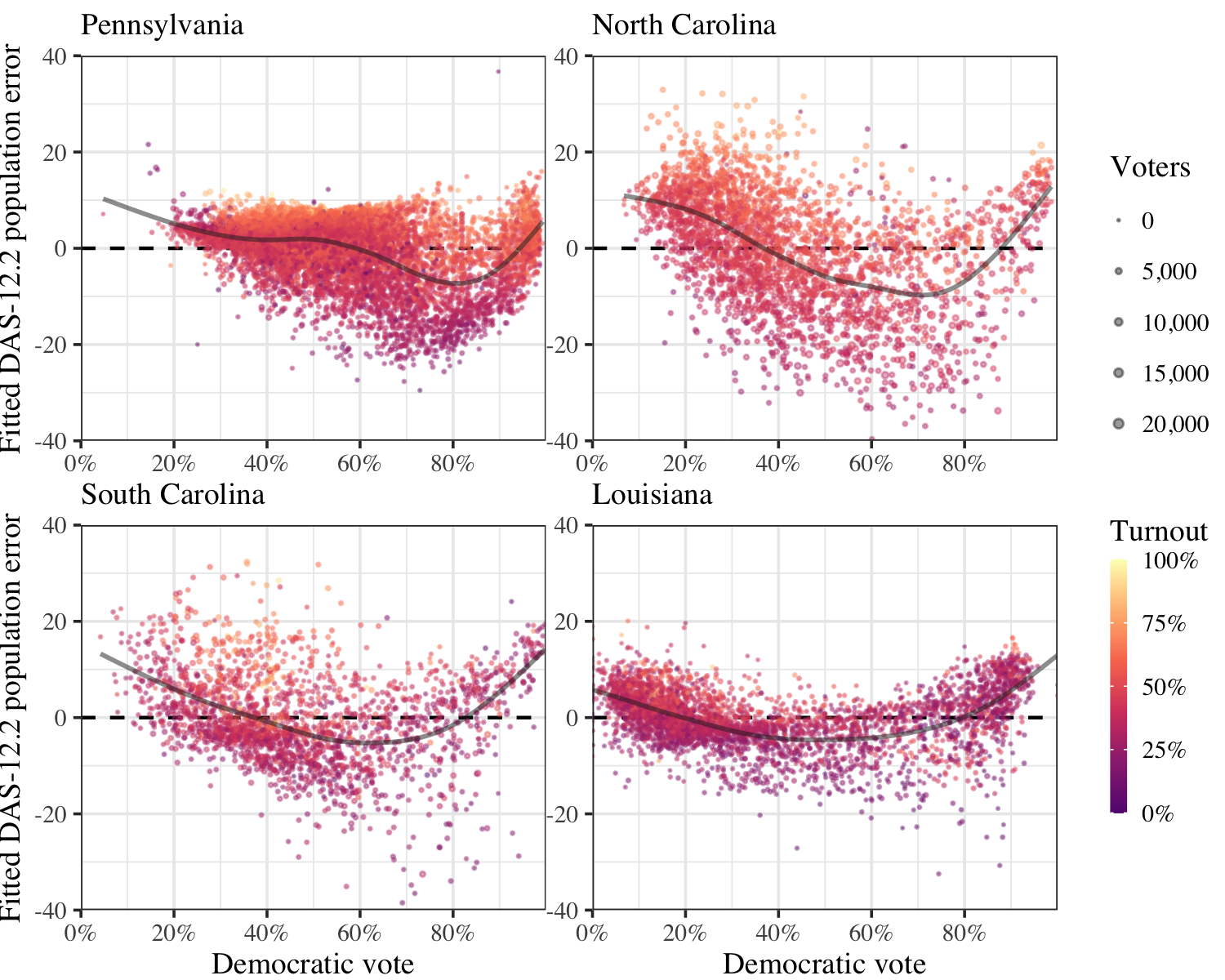Developing methodology and tools to analyze legislative redistricting.
50-State Redistricting Simulations
Comprehensive project to simulate alternative congressional redistricting plans for all fifty states in the 2022 redistricting cycle.
The Algorithm-Assisted Redistricting Methodology (ALARM) Project is a research group directed by Co-PIs Kosuke Imai, Christopher T. Kenny, Cory McCartan, and Tyler Simko.
ALARM conducts research on political geography and spatial inequality. We actively work in areas like legislative redistricting, segregation, Census data, and school rezoning. We also develop open-source software to enable this research, like the R package redist.
redist: Simulation Methods for Legislative Redistricting
Enables researchers to sample redistricting plans from a pre-specified target distribution using state-of-the-art algorithms. Implements a wide variety constraints in the redistricting process, such as geographic compactness and population parity requirements. Tools for analysis such as computation of various summary statistics and plotting functionality are also included.
2020 Redistricting Data Files
Precinct-level demographic and election data from the 2020 decennial census and the Voting and Election Science Team which have been tidied and joined together using 2020 precinct boundaries.
